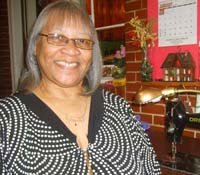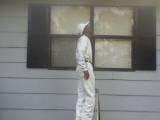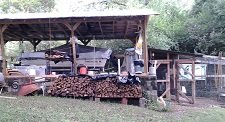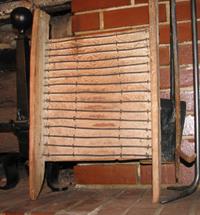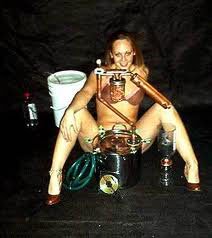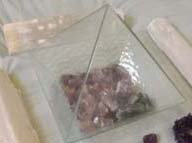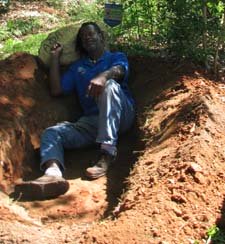
Safe Drinking Water is no longer Safe
Learn more about how drinking water is treated, and help prevent pollution.
Where does my Safe drinking water come from? The questions really are, What methods do we use to distribute and process our drinking water.
Can we and are we really making it more safe for drinking?
Is it from a source close to home or hundreds of miles away?
Is safe drinking water growing or shrinking?
Nationally, most water systems use a ground water source (80%), but most people (66%) are served by a water system that uses surface water. This is because large metropolitan areas tend to rely on surface water, whereas small and rural areas tend to rely on ground water.
The water is then transported to water treatment facilities, where the cost of treating and disposing of sludge is a significant part of the operating costs. Sludge is mainly sent to landfills, but sometimes used as fertilizer.
In addition, 10-20% of people have their own private well for drinking water.
Lakes are largely used by lake residents and people who live and house their boats, watercraft and RVs on the lake - thus access is as easy as lowering their watercraft into the water. For day or weekend visitors, Georgia Power provides two public boat ramps for public access to water recreation. There are also marinas and boat storage areas located on the lake. There are other areas of access to the lake including Oconee Springs Park and several "secret" public access areas.
Agriculture is often blamed for poor water quality.
Locally
After the above, we clean it up.
My drinking water comes from two intakes sites on the Oconee River. Raw water is pumped to the treatment plant where pretreatment chemicals are added to help with the treatment process of coagulation/flocculation, sedimentation, and filtration. Additional chemicals are added as post treatment for corrosion control, pH, fluoridation, and chlorination. Staff consist of certified operators and lab analyst. Facility is a state approved laboratory. Regular checks conducted to meet state and federal regulations. Finished water is fed through distribution lines to homes and businesses.
Today, are we really helping or are we commercializing a good thing (water) and making ourselves believe we are making it safer and cleaner for human consumption and use?
If we were, it seems potable water would be growing instead of shrinking.
Links were provided by water suppliers who want you to have easy access to information about your drinking water. EPA is not responsible for the content.
See the Annual Water Quality Report or consumer confidence reports for your area.










